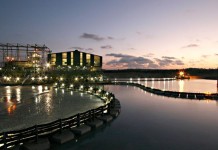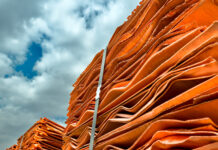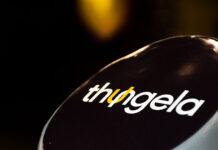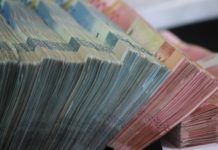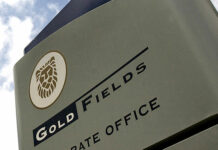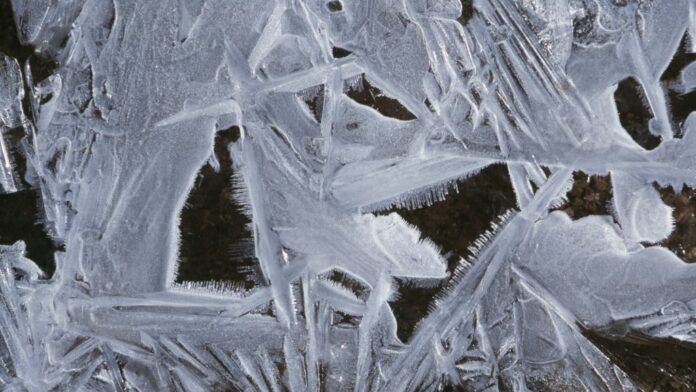
GOLD Fields has taken an all-hands on deck approach to Salares Norte as it prepared the Chile mine in the event of an “extreme weather event”.
The early onset of sub-zero weather in the Atacama in May last year froze process pipes and all but stopped the ramp-up of the $1.2bn project during the winter months.
Gold Fields CEO Mike Fraser acknowledged last year the interruption was a blow to the group’s credibility. It contributed to a year-on-year reduction in production of just under 200,000 oz for the 2024 financial year.
Commenting on preparations for Chile’s winter this year, the group said in an first quarter production update that following an operational review, additional heat tracing and other components had been installed at the mine, including pumps.
“We have also focused on operational readiness, with the team running numerous simulation exercises and plant shutdowns to fine tune operational procedures should an extreme weather event occur,” said Fraser in the update.
The last thing Gold Fields needs is a new interruption at Salares Norte especially as it has picked up a head of steam ahead of reaching annual design capacity of between 550,000 and 580,000 ounces in 2026. Salares Norte was on track to achieve gold output of 325,000 to 375,000 oz this year at an all-in sustaining cost (AISC) of $975 to $1,125/oz.
That AISC falls dramatically to $825 to $875/oz at full production underlining the value of the asset.
For the first quarter, Gold Fields reported first quarter gold-equivalent attributable production of 551,000 oz, a significant 19% improvement on the heavily interrupted performance of the first quarter last year, but 14% lower than the fourth quarter.
Gold Fields’s Australian mines Gruyere and St Ives mines had a good quarter and so did South Deep, the group’s Johannesburg mine. “The mine is now in a much improved position and remains on track to meet its full-year guidance of 280,000 to 305,000 oz, said Gold Fields in its update.
Ghana matters
Post quarter newsflow was high for Gold Fields. It firstly agreed a one year extension on its Damang mine in Ghana which Fraser said today would enable the state and his company to work on introducing a local partner into the asset.
Secondly, the company said it had agreed with AngloGold Ashanti top pause a long-standing proposal for form a joint venture between their Ghana mines Tarkwa and Iduapriem. This was owing to an improvement in the gold price which had changed the resource economics of AngloGold’s Iduapriem in particular.
Responding to a media question, Fraser said this would allow Gold Fields to focus establishing the standalone credentials of Tarkwa, a process of which the group “wasn’t afraid to do”. Prior to the joint venture, Gold Fields was considering an optimisation study for Tarkwa that could results in development capital.
“I think we’re going to be in a far better position probably in six months to have a better conversation around Tarkwa on a standalone basis,” Fraser said.
“We do believe there is a further optimisation and benefits to be obtained by unlocking more resource, given where gold prices are headed.
“Having said that, I think the strategic industrial logic of the combination of these assets still makes a lot of sense,” he added. “There’s still opportunity to unlock the resource that is otherwise not accessible on a standalone basis.”
Gold Road deal
The major announcement for Gold Fields, however, was its decision to pay an additional 11% premium for Gold Road Resources, an Australian firm which owns the balance of the Gruyere joint venture with Gold Fields. If completed, the deal will see Gold Fields take 100% control of the 350,000 ounce a year Gruyere gold mine in Western Australia, as well as adjoining exploration properties.
The offer – which has been accepted by Gold Road’s board and 7.5% of its shareholders – represents a 43% premium to the Australian firm’s share price on March 21 prior to Gold Fields’s first bid.
Asked if he was confident the deal would receive the required 75% support of Gold Road shareholders, Fraser said its active investors – who have thrown their weight behind the deal – “set the tone”. He also thought there was “low risk” of interloper interest.
“The most significantly valuable asset in Gold Road’s portfolio is the 50% share in Gruyere, which we operate,” said Fraser. Gold Road also had a 3.5% interest in Northern Star, another Australian firm from an adjacent piece of dealmaking. This was unlikely to be a strategic asset for a third party, said Fraser.


